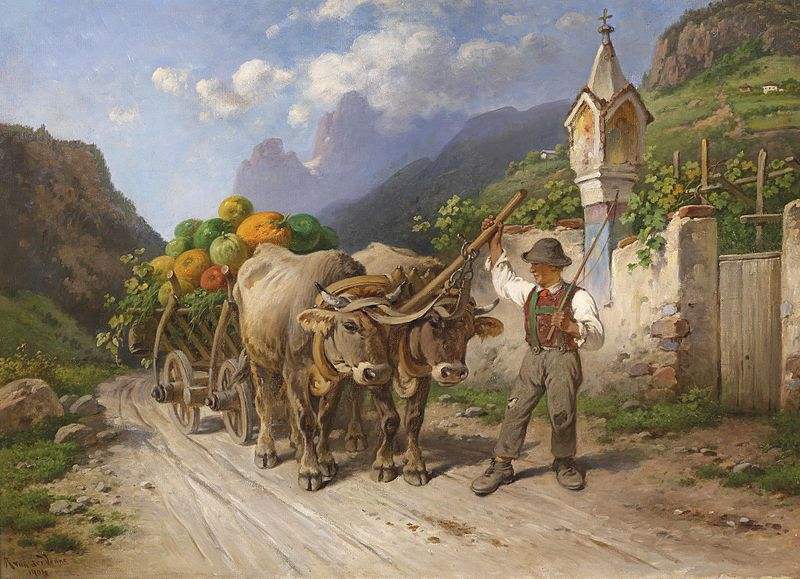The greatest product of the rule of honor is the building of character. Man himself is the focal point of production where the unfathomable riches inside each soul can be developed. When the rule of honor dominates economy, it produces inside each soul what Richard Weaver lists as “the formation of character, the perfection of style, the attainment of distinction in intellect and imagination.”*
By this set of values, man is defined by who he truly is and not by what he has. His patterns of production and consumption are determined by a clear sense of identity of one who has found that place, that calling, where he feels he belongs in society. He is not the “mass man” constantly looking to others for directions. Rather he feels so secure in his convictions that he comes to have “station” or “standing” in society, which means that he is not easily intimidated by public opinion, taken up by fads, or lured by fast fortune. That is to say, the rule of honor favors a different type of economy defined much more by character than capital.
In the rule of honor, each cultivates a profession which enhances the person’s dignity by emphasizing the respectability and not the profitability of his profession. Then the traditional farmer, for example, is seen much more as a man of good sense and judgment than the efficient land manager. The craftsman is much more an artist than a mere maker of goods. In the lawyer or doctor, we value the man of wisdom much more than the competent and money-making specialist.
* Richard Weaver, Visions of Order: The Cultural Crisis of Our Time (Wilmington, Del.: Intercollegiate Studies Institute, 1995), 29.
John Horvat, Return to Order: From a Frenzied Economy to an Organic Christian Society—Where We’ve Been, How We Got Here, and Where We Need to Go (York, Penn.: York Press, 2013), 267-8.














